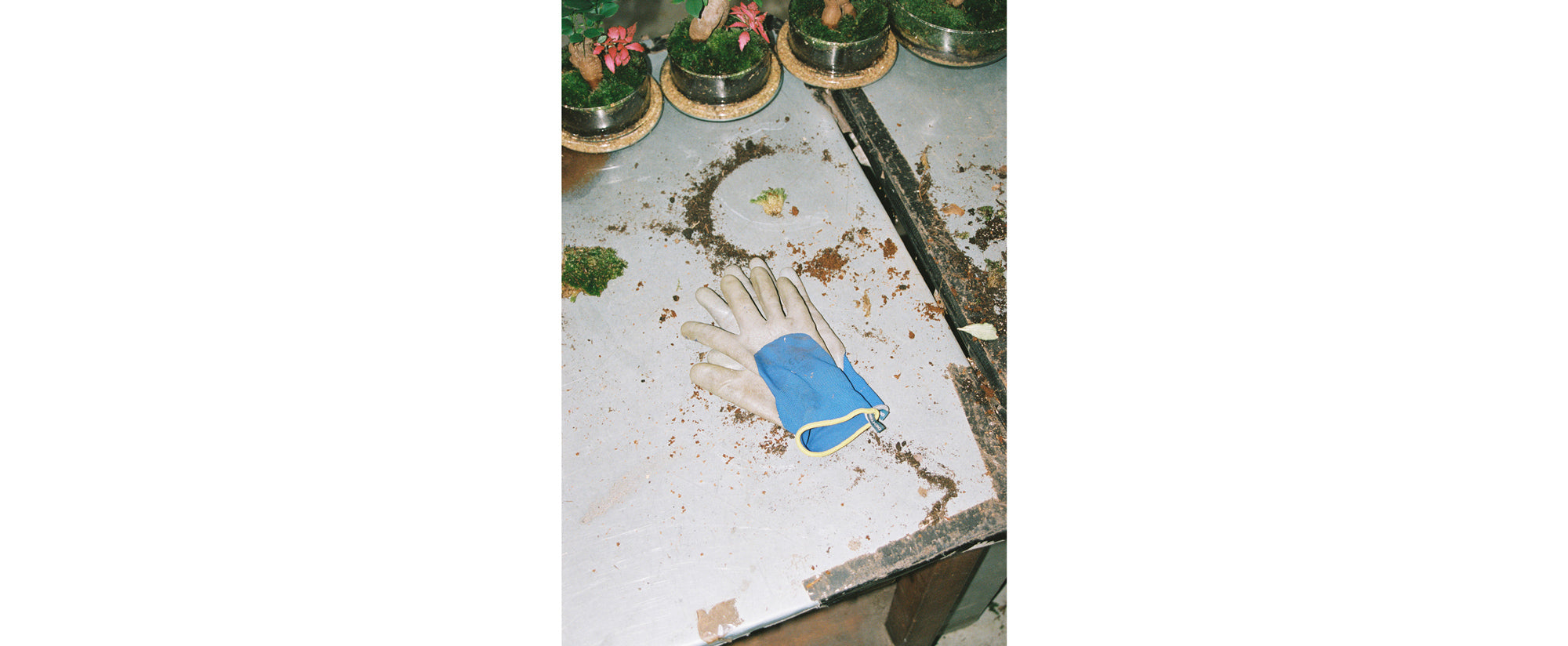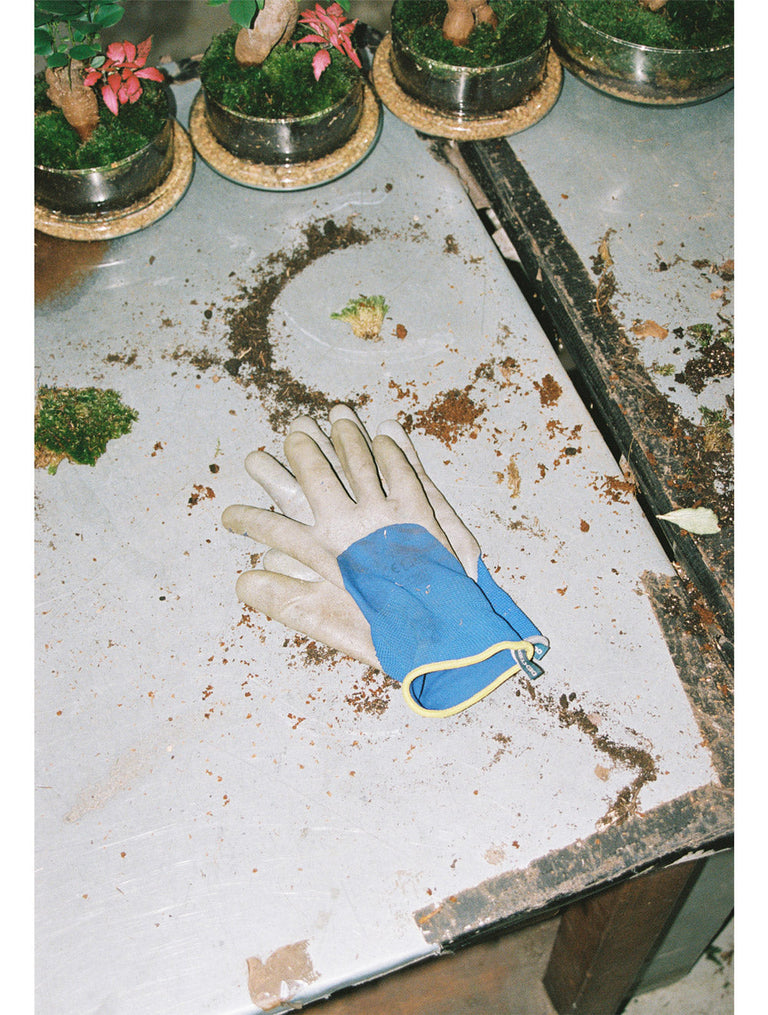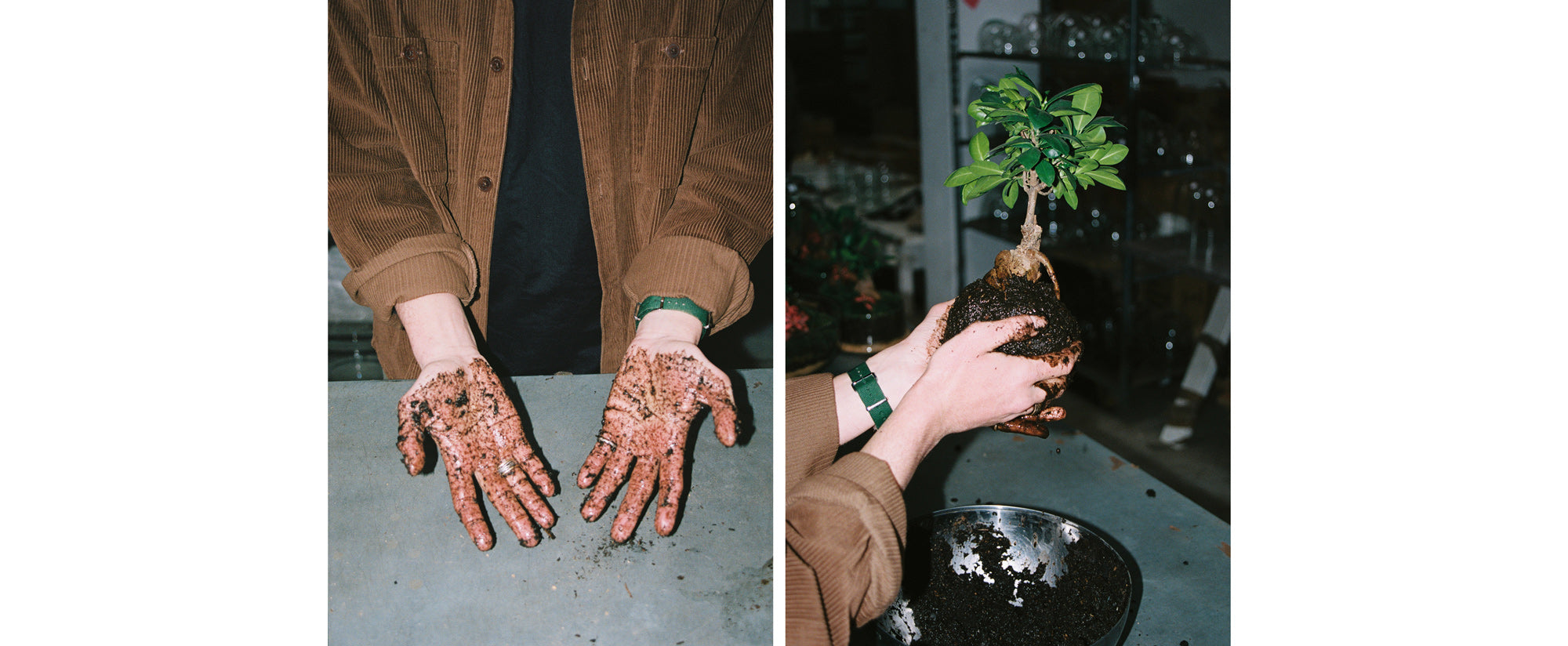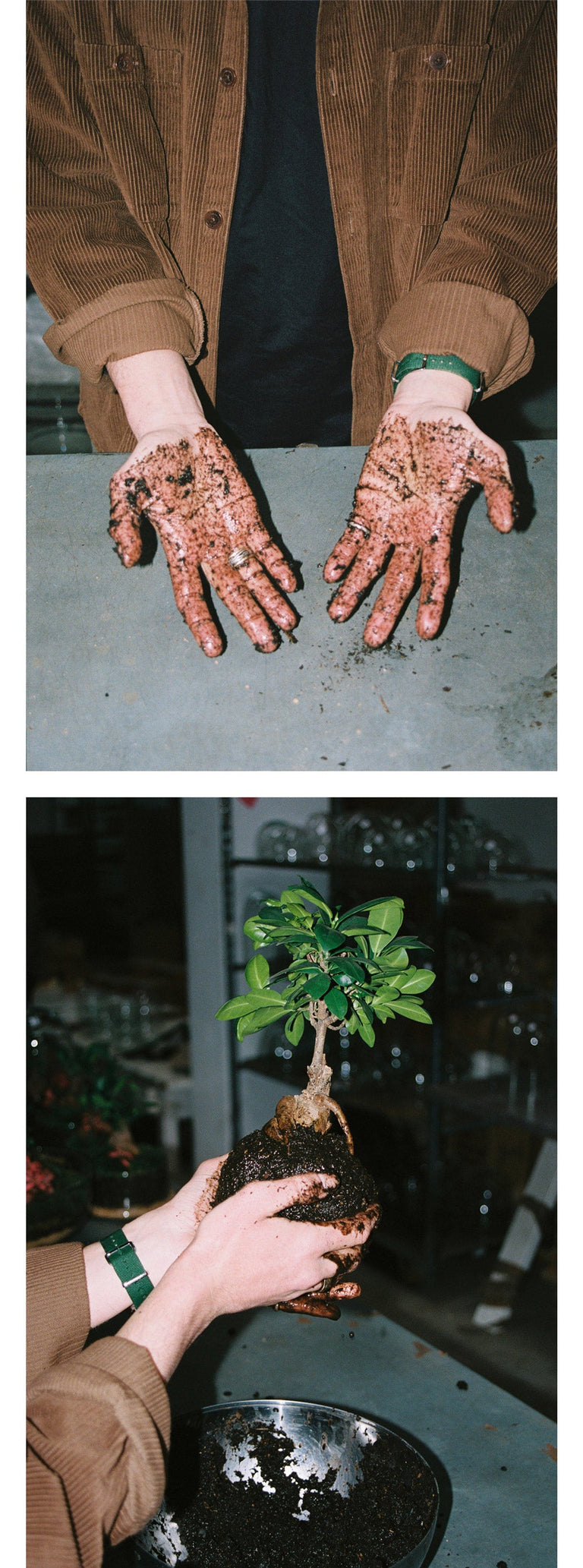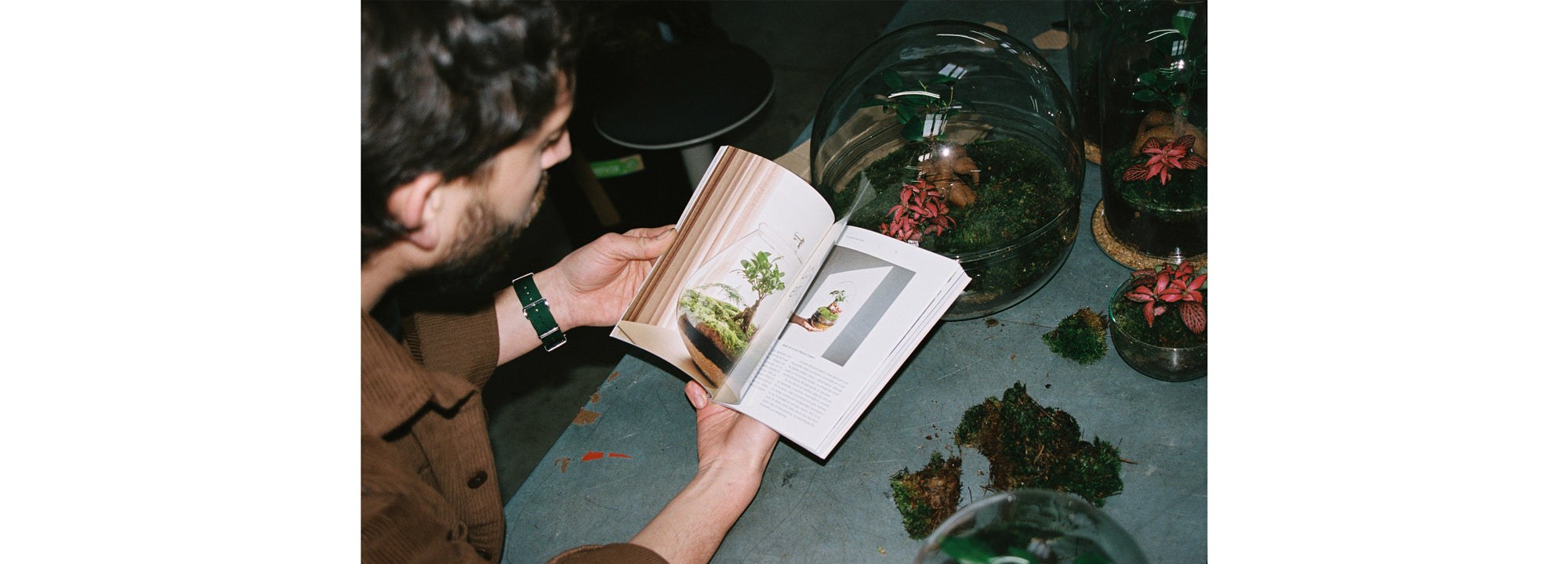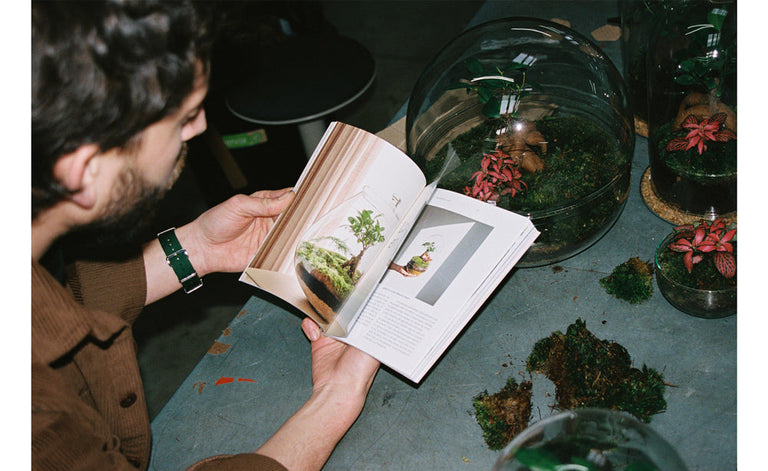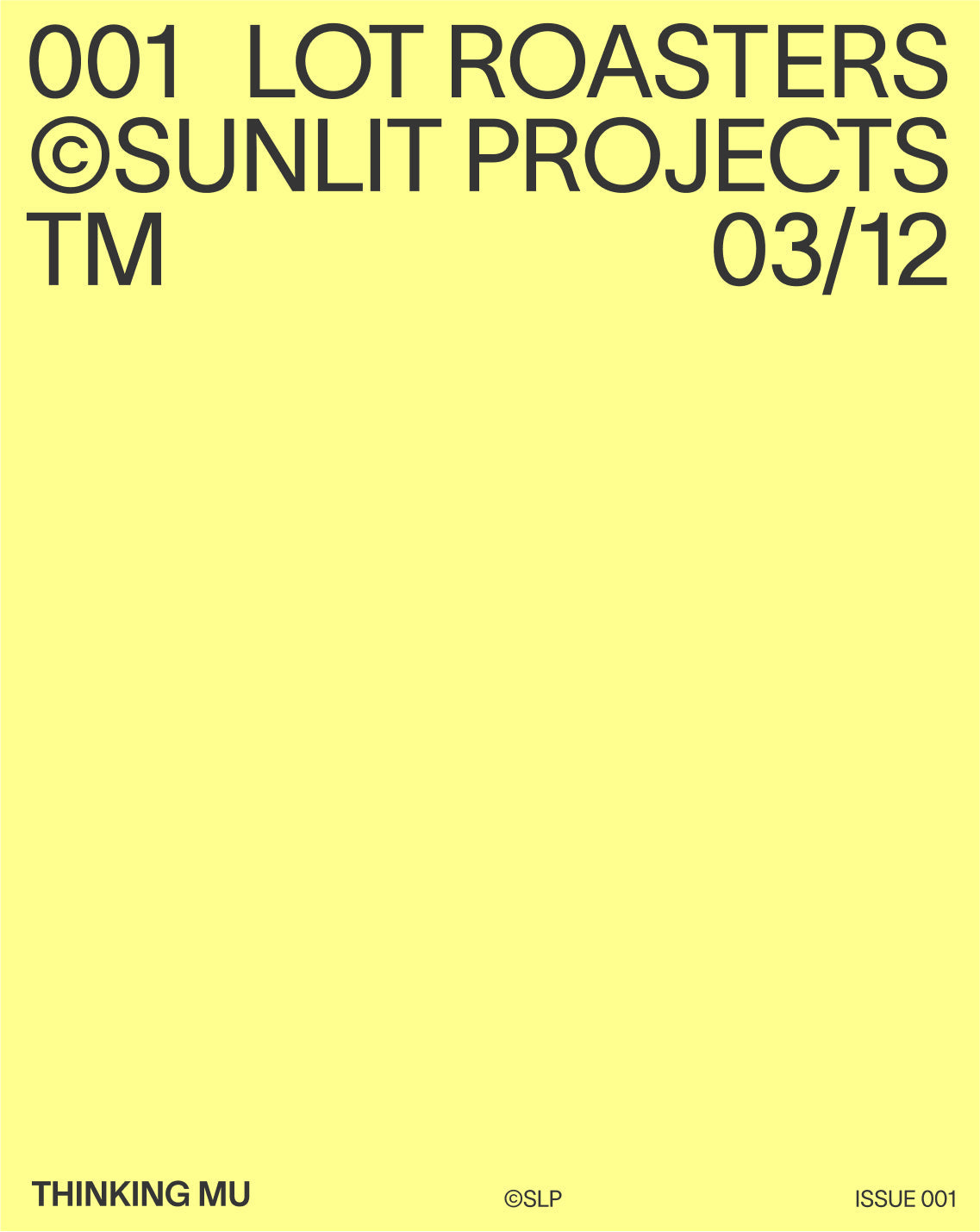

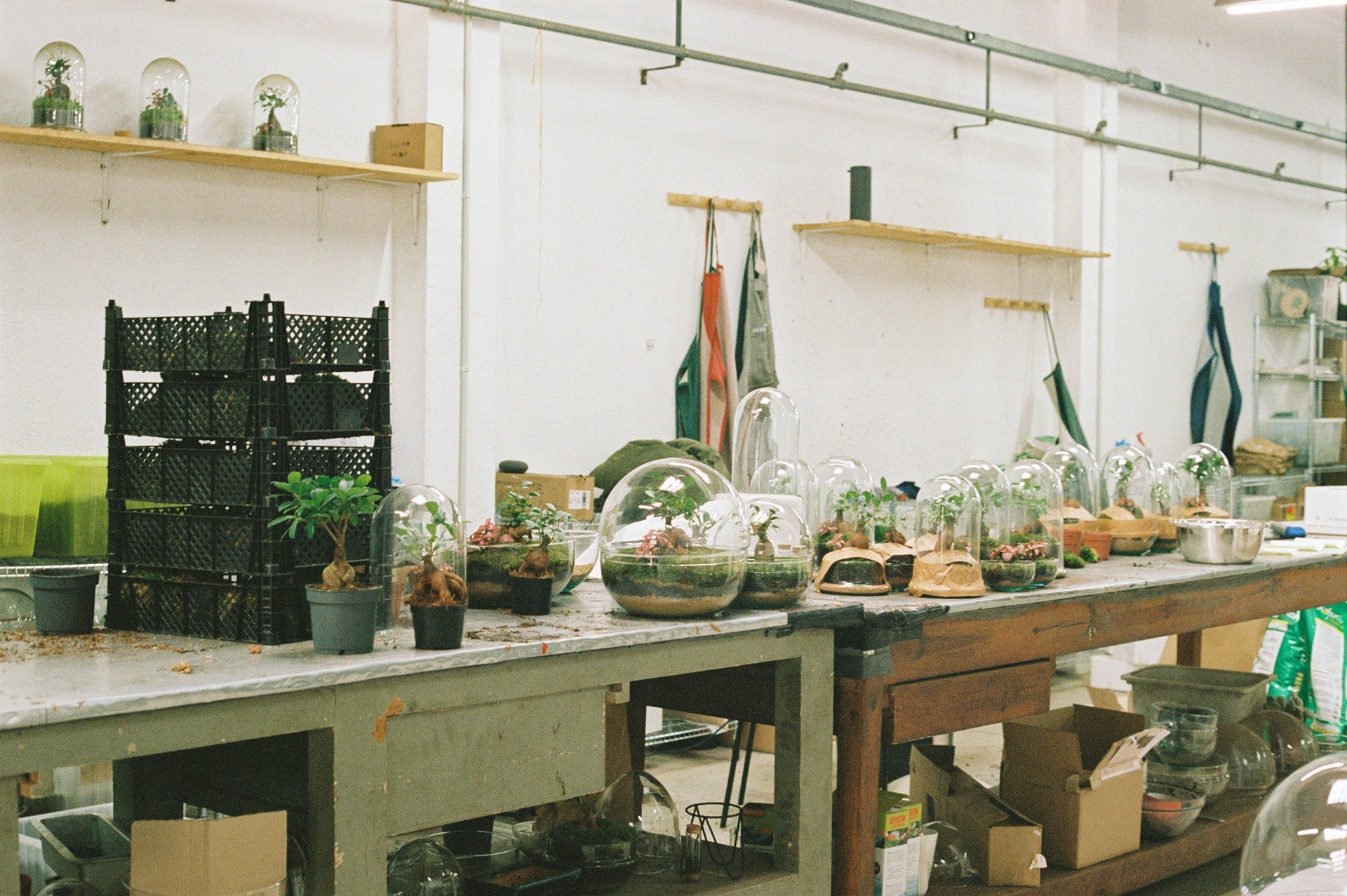
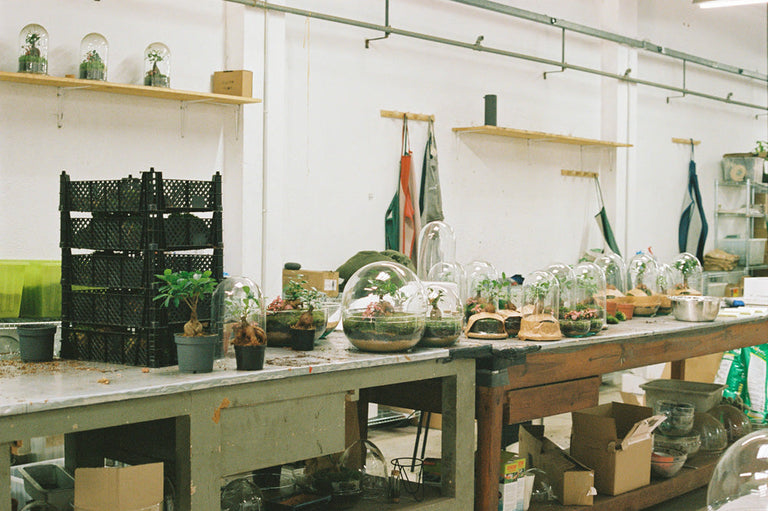
©SLP ISSUE 002
A piece of Japan in Barcelona:
A talk with Omotesandō
It all begins in 2018 with a trip to Japan in which Joan Català, creator of Omotesandō, was fascinated by the fusion between tradition and modernity that was breathed in Tokyo.
Specifically in Nakameguro, the neighborhood where he discovered kokedamas.
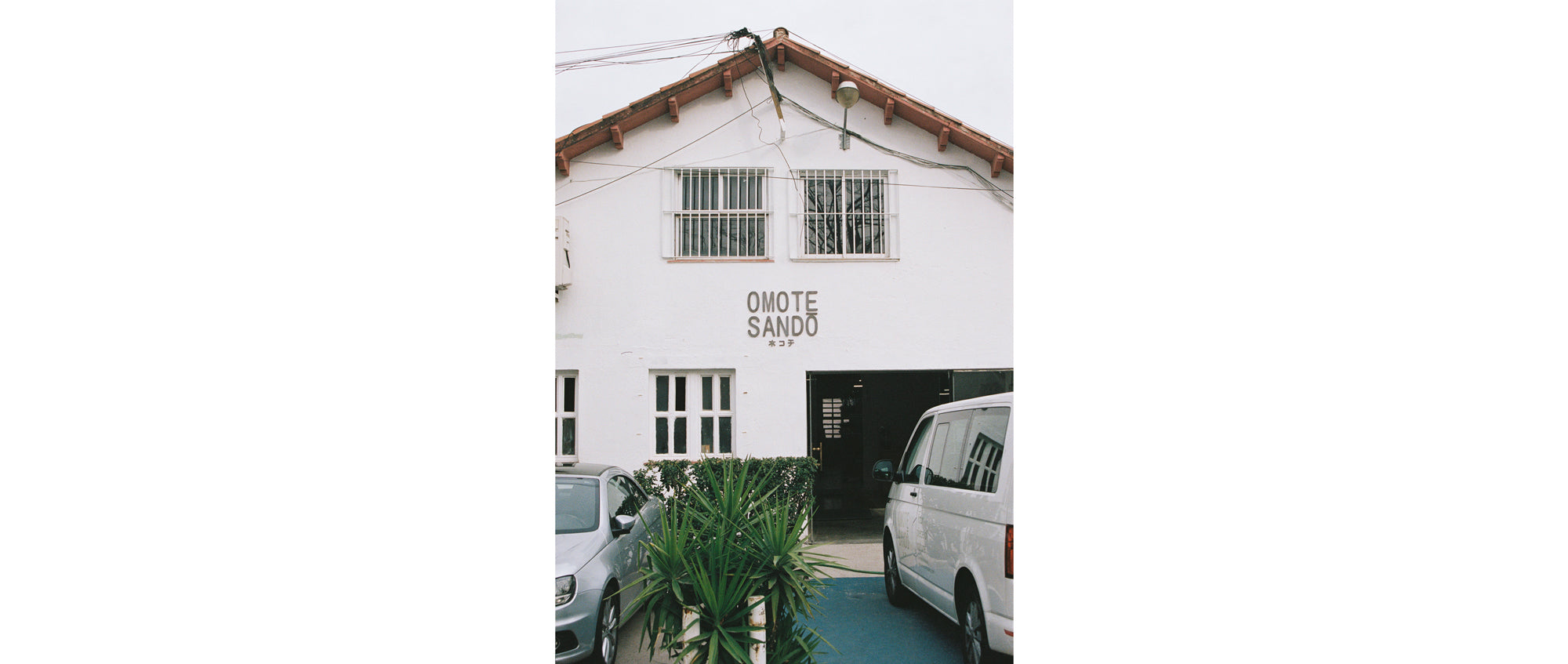
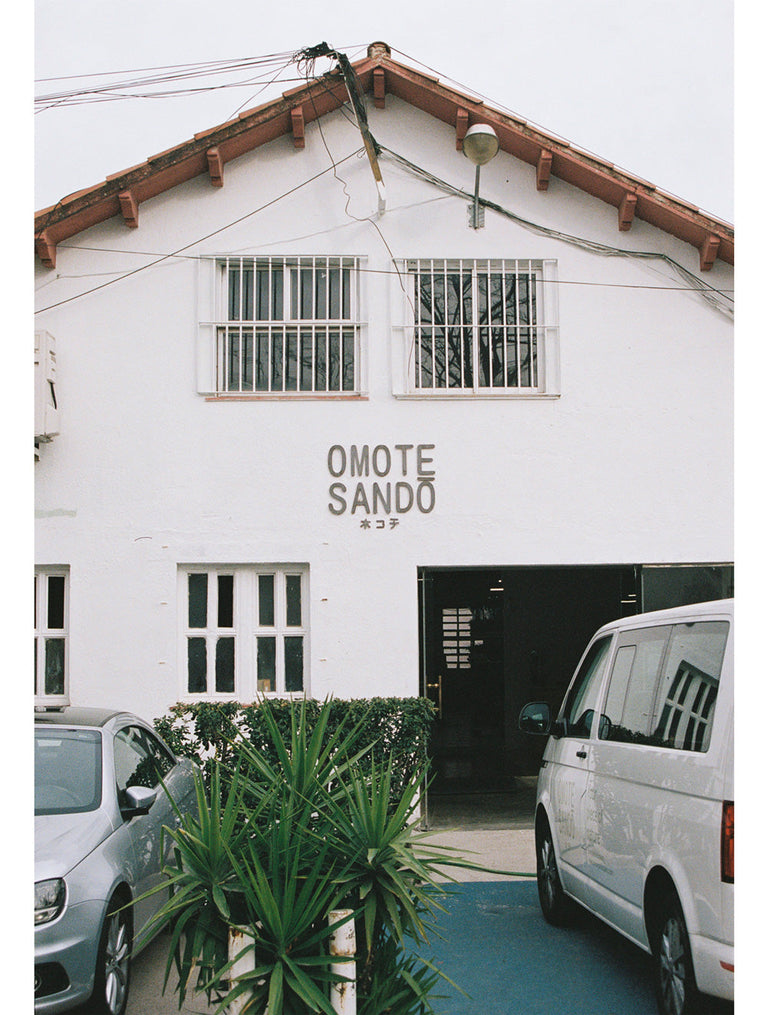
Away from the hustle and bustle of the city, Omotesandō is located in a location reminiscent of a large greenhouse converted into a store and at the same time a creation space. With a marked Japanese presence throughout the space: from the typography of the façade and the shape of the roof, to the care instructions that accompany the plants.
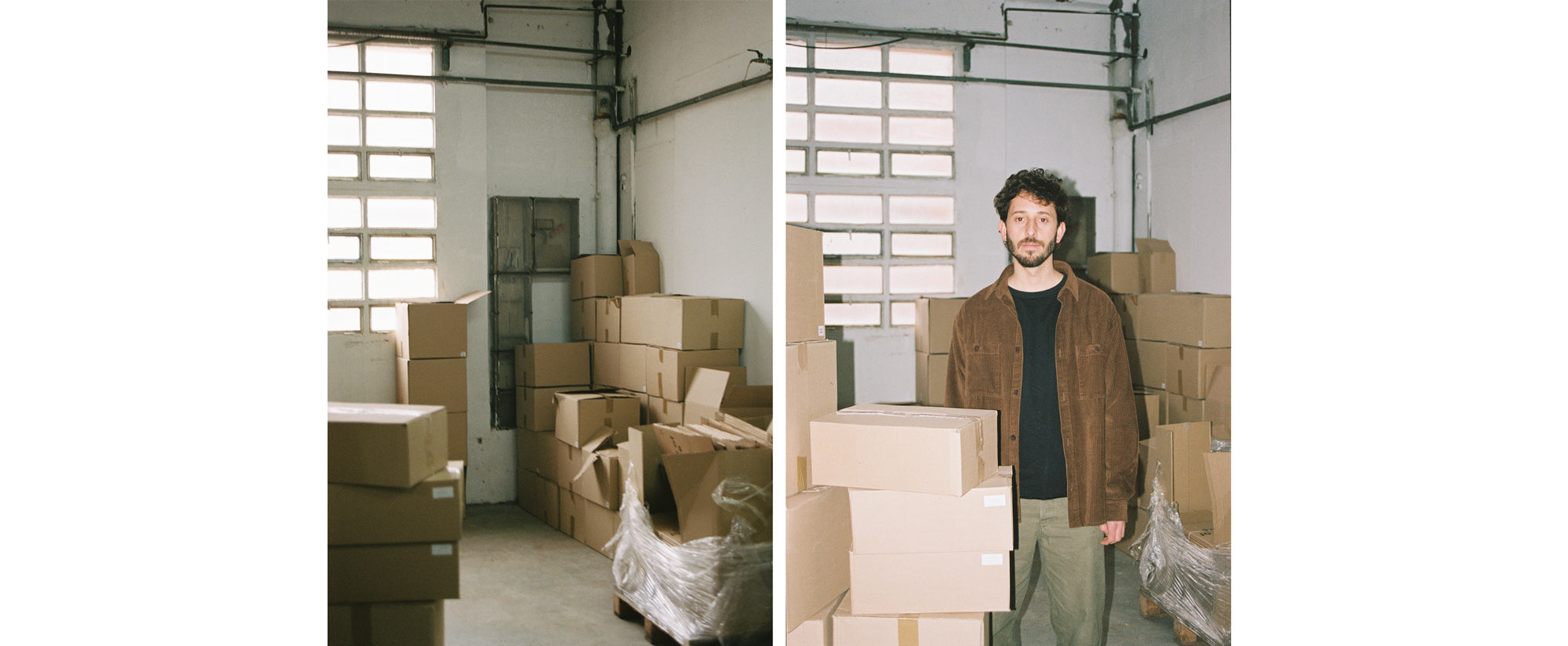
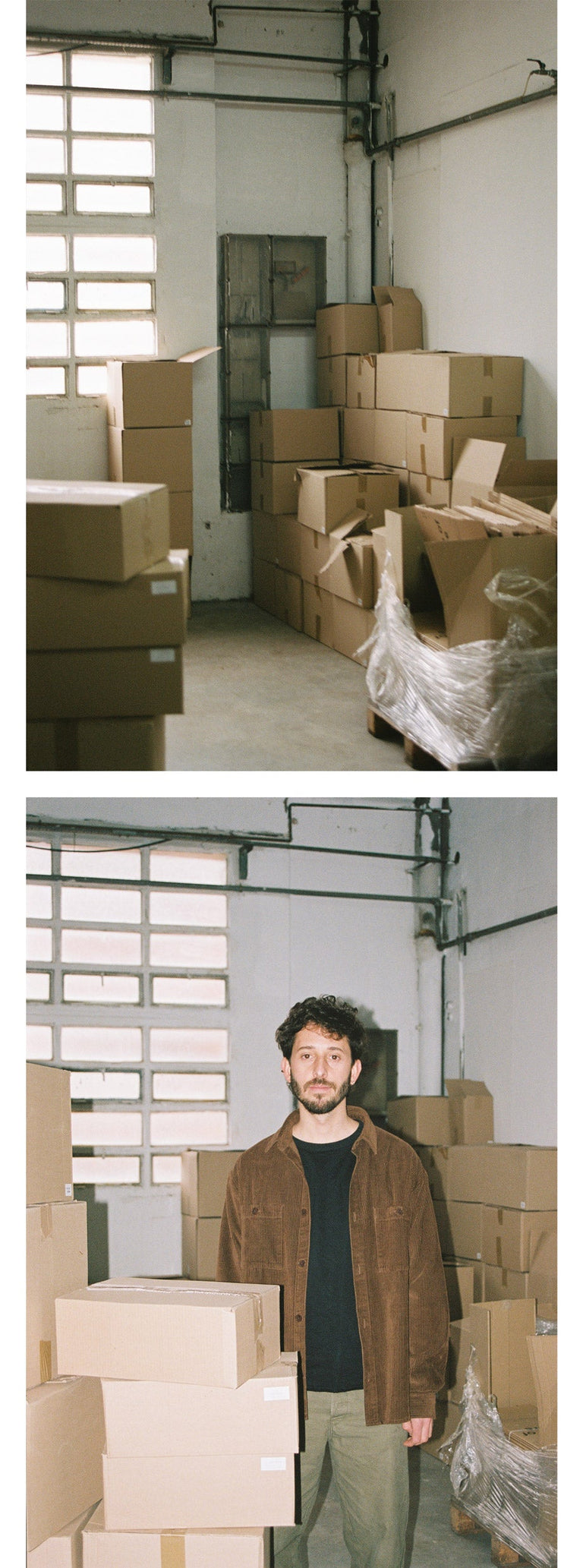
“Many people think that bonsai is a type of tree, but in reality it is a technique, just like kokedama”
WITH HANDS ON THE EARTH
The plants arrive at Omotesandō in pots (often made of plastic) that are replaced with sustainable containers. In the case of kokedamas, as their name reveals - “moss ball” in Japanese -, they are transplanted into a container made of 100% natural material: a large mass made of soil and cultivated moss that ends up becoming your new pot.
Joan explains to us that there is a growing trend of storing plants to create “urban jungles” inside the home. But at Omotesandō each plant is valued individually and not as a group, since each creation is unique and handcrafted with great care.
“People like direct contact with nature, being able to create their plants from scratch and see how they evolve.”
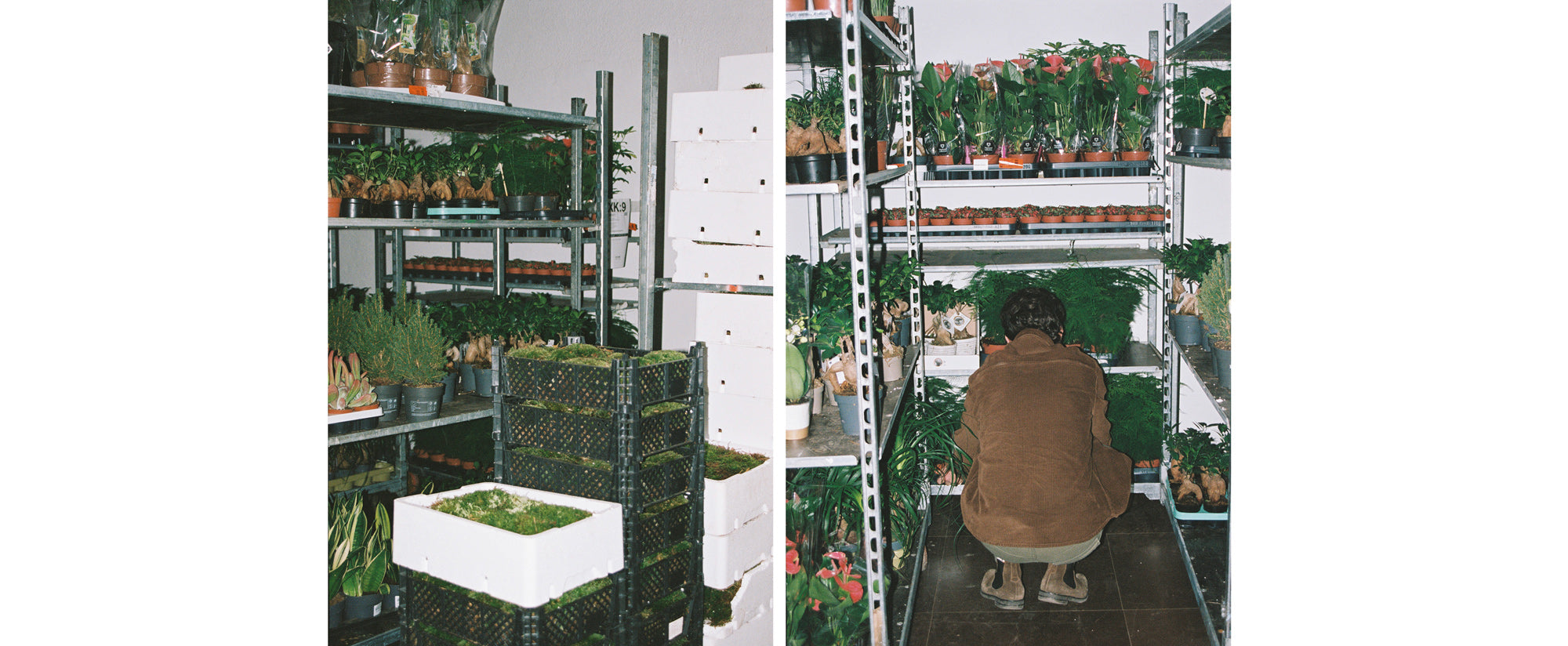
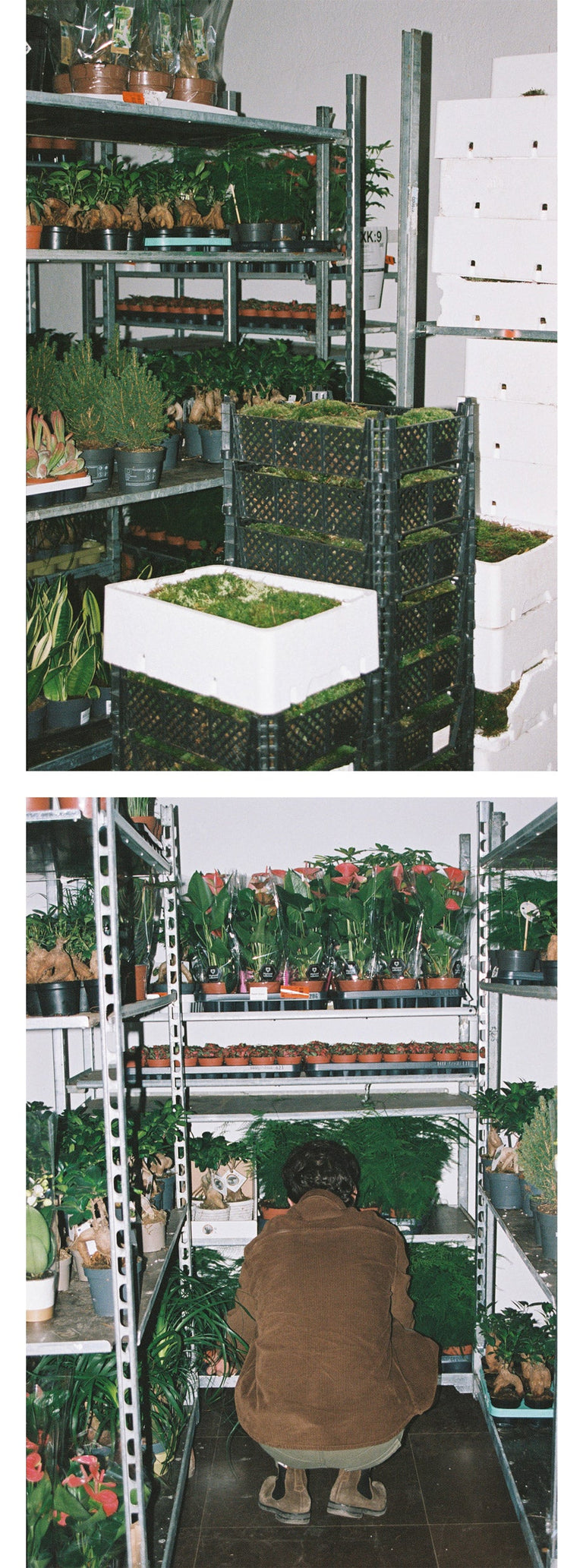
Omotesandō's catalog is extensive (Hankos, Ginzas, preserved roses...) and can vary over time, but its two great products are kokedamas and gardens in a bowl. The first connect you with the earth since you are the one who molds the moss to give it shape, forcing you to get your hands dirty. While gardens in a bowl are almost like works of art that you make to your liking and that allow you to see how the plant transforms and grows in its own ecosystem.
MEDITERRANEAN ESSENCE
We spoke with Joan about what led her to collaborate with us and she told us that a few years ago she was asked about her references and among them she named Thinking MU: “What I like most is that you don't pigeonhole yourself solely as a brand of fashion, since you are also art, music, design… just like us.” At Omotesandō they always seek to go further, and for this reason collaborations are a very important part of their strategy. When choosing who to join, they look at both the values and aesthetics of the brand, since the visual part plays a key role.
This project arose with the aim of bringing Japanese culture and the cult of plants closer to the Western world: an oasis of nature inside the home. But the essence of Barcelona has always been very present in the brand, since both the team and the place of creation are here. “Made in Barcelona is a seal that accompanies us every step we take, we feel very linked to Japan but we do not forget where we come from.”
